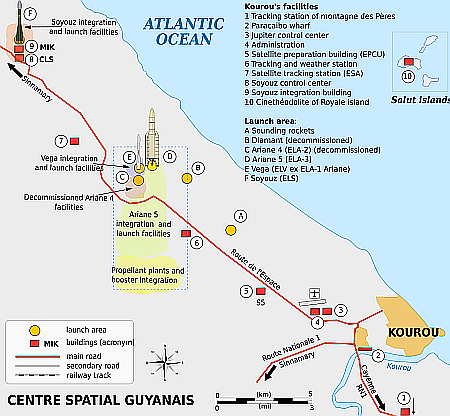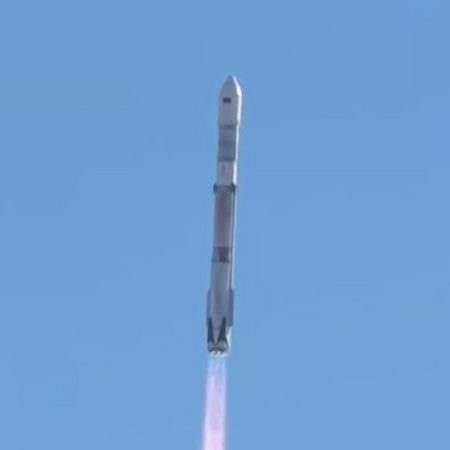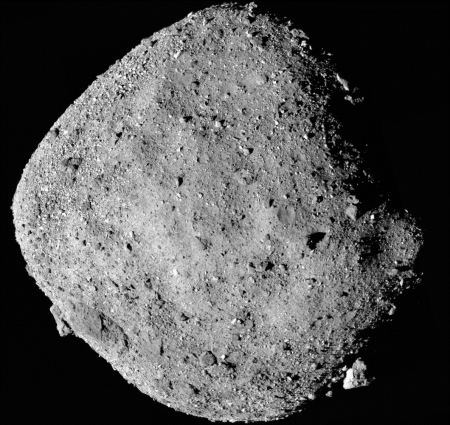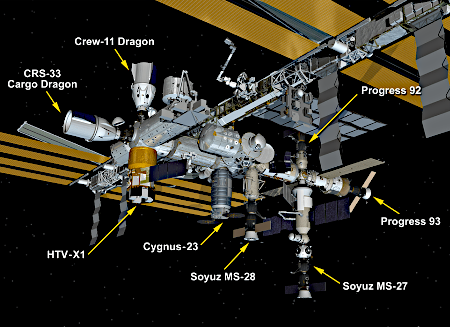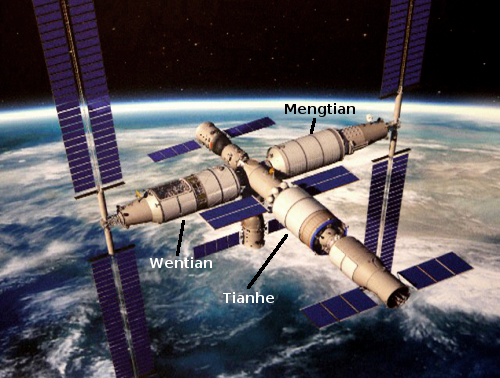December 3, 2025 Quick space links
Courtesy of BtB’s stringer Jay. This post is also an open thread. I welcome my readers to post any comments or additional links relating to any space issues, even if unrelated to the links below.
- On this day in 1995 the Solar and Heliospheric Observatory (SOHO) was launched
Despite being designed to only last two years, and a number of failures of key equipment, engineers have kept it going now for three decades. Kudos to them!
- On this day in 1993, the first servicing mission for the Hubble Space Telescope was launched
The shuttle was Endeavour, and the mission saved the telescope. On spacewalks on five consecutive days they fixed its out-of-focus mirror, replaced its wobbly defective solar panels, replaced three gyroscopes that had failed, and fixed a number of other issues. The rest is history.
Courtesy of BtB’s stringer Jay. This post is also an open thread. I welcome my readers to post any comments or additional links relating to any space issues, even if unrelated to the links below.
- On this day in 1995 the Solar and Heliospheric Observatory (SOHO) was launched
Despite being designed to only last two years, and a number of failures of key equipment, engineers have kept it going now for three decades. Kudos to them!
- On this day in 1993, the first servicing mission for the Hubble Space Telescope was launched
The shuttle was Endeavour, and the mission saved the telescope. On spacewalks on five consecutive days they fixed its out-of-focus mirror, replaced its wobbly defective solar panels, replaced three gyroscopes that had failed, and fixed a number of other issues. The rest is history.



